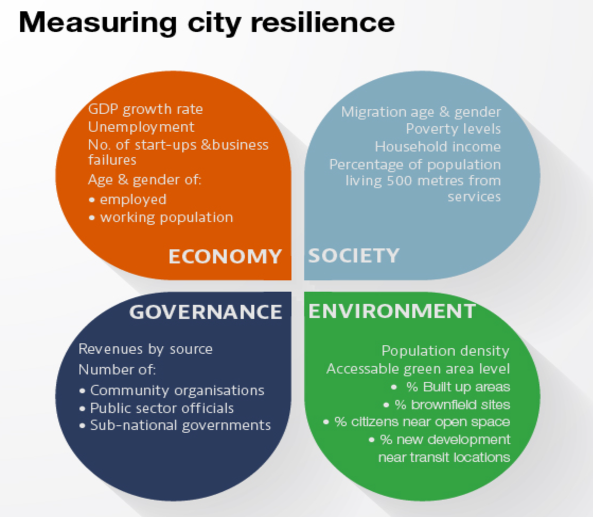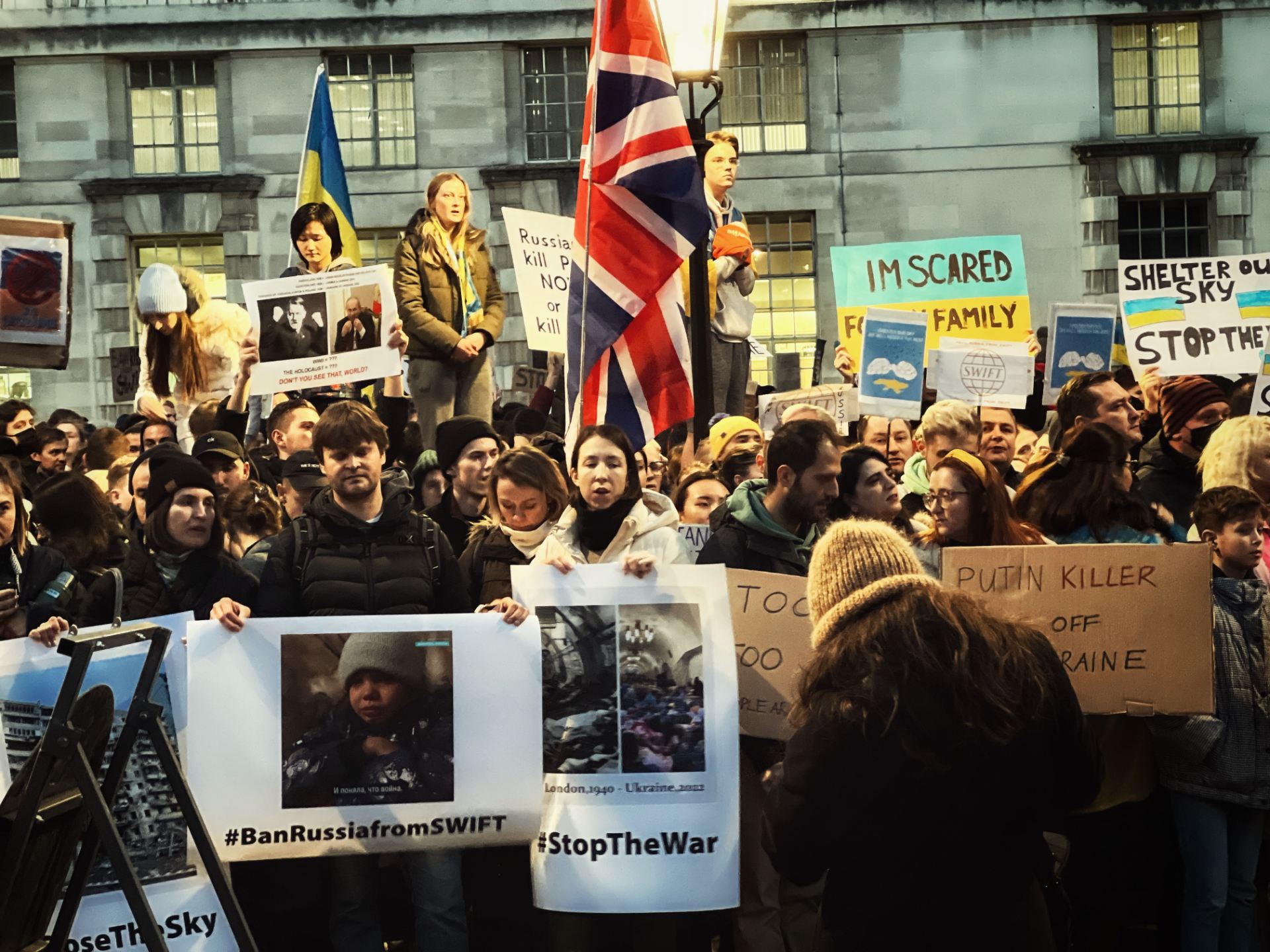Finding Mosquitoes!
By a.aldosery, on 12 December 2022
Aisha Aldosery
Mosquitos are a fundamental part of testing the novel idea of my PhD, which focuses on developing intervention tools to support developing an early warning system to control the mosquito, thus, combatting mosquito-borne diseases. However, with the COVID-19 pandemic, it was quite hard to fly to Brazil, considered one of the Latin American countries that was hit hard by mosquito-borne disease and has a strong program for mosquito surveillance. Therefore, conducting my fieldwork in a different location was more feasible, such as the Portuguese island of Madeira, located in the northeastern Atlantic Ocean, 900 km from mainland Portugal. A volcanic and subtropical island which seems like a perfect location for mosquitoes, it introduced an efficient program in 2005 focusing on mosquito surveillance. Four field trips have been conducted since November 2021 with Patty Kostkova, my primary supervisor, to achieve my project’s overarching goal. We worked together in designing and presenting several workshops on Madeira mobile app surveillance with the local environmental agents, as well as deploying several devices in the fields for environmental monitoring.
Trip One – Mosquito Ovitrap IOT-based System pilot system.
This trip was the first to Madeira after the COVID-19 pandemic; the trip was in late October 2021 and lasted for about three weeks. The main objectives of my first fieldwork trip (three weeks) were to establish a new collaboration with people from ITI / LARSyS, introduce and discuss my PhD idea with the team, and lastly, build a prototype version of the proposed system. Although the trip was considered short, we achieved a significant project milestone. During this trip, we started by calibrating the water sensors, building the IoT-based unit and deploying the prototype version of the MOISS system to understand how various weather and water parameters influence mosquito breeding and habitat favouring. The first version of the system has been deployed and running since November 2021 at the Natural History Museum of Funchal on Madeira Island. All timely data collected in the field by the sensors, such as the air temperature, humidity, pressure, water temperature, pH, DO, and conductivity, will be used along with the entomological data collected by the environmental agents to design and build a model to provide us with a better understanding of the mosquito’s development and presence.
Trip Two – Introducing Madeira Mosquito Surveillance App
This trip was mainly about the project’s second component, which is about designing a mosquito surveillance app based on the local settings to be adopted by the environmental agents during their routine visits to the mosquito traps. To achieve that, establishing another collaboration with the local health sector is essential. The trip includes a couple of meetings and a workshop:
- Meetings with Dr Bruna Ornelas de Gouveia, Regional Directorate of Health in Madeira Island, to discuss and design the collaboration protocol with the UCL IRDR Centre for Digital Public Health in Emergencies (dPHE). The collaboration entitles us to pilot our app on the island and gives us access to historical mosquito density data.
- Meeting with the technical and GIS team, who showed us the mosquito data, hotspot maps and the effective strategies adopted by the local government to control mosquitoes across the island (https://www.iasaude.pt/Mosquito/ ).
- We ran the first workshop with the environmental agents to introduce the idea of the surveillance app and how it could positively affect their work. During this workshop, we presented some showcases from our Brazilian project (Belmont) and a prototype of the Madeira app. The agents demonstrated different scenarios that could happen on the ground and what actions needed to be considered in each scenario. Finally, we had an interactive session, a very productive session that helped us understand the local settings in different conditions.
Trip Three – Mosquito Ovitrap IOT-based System (MOISS) Large Deployment.
The third fieldwork was the most significant and challenging trip as many milestones needed to be completed, including the IoT-based system units implementation and deployment, along with a lot of logical preparation. Yet, it was one of the most exciting trips to see the theories and paper design coming true. This trip was from July to the beginning of August 2022 (four weeks). The focus of this trip was the MOISS system. During this trip, we calibrated and tested 60 water sensors in a week period, which required specific weather conditions. Then, two engineers from ITI / LARSyS and I assembled 17 system units in a week, including the testing and debugging of each unit. The conducted lab testing was quite challenging, resulting in several issues, including problems with the manufactured IoT shield, slow network connections, power, etc. We ended up with 13 devices deployed across the capital of the Island, Funchal. The decision about how many devices and where to deploy them was collaborative work with environmental agents and the technical team to select suitable study sites based on several criteria, including technical, logistic and mosquito data. The locations include schools, hospitals, one university, the port, and a private building.
Trip Four – Madeira Mosquito Surveillance App Piloting Workshop
The last trip of this year (September 2022) was a four-day trip for Madeira. The main objective of this trip was to run a three-hour workshop with the environmental agents to show them the first completed developed version of the app, which is designed and implemented based on the requirements collected in the first workshop (second trip). Patty and I gave the agents technical support to install, operate and test the app for about two hours. After that, we had a one-hour interactive session to collect their inputs, which will help us improve the app and develop another sufficient version. The agents were delighted with the mosquito surveillance app and were excited about the next phase, piloting the app for several months.
During this trip, the project gained the attention and interest of local Madeira TV, which was there during the workshop and interviewed Prof Patty Kostkova.

Patty Kostkova interviewed on Telejornal Madeira. Click image to open video (interview at 18:15-20:40).
We are currently looking for funding to develop and deploy the mosquito surveillance mobile app and collect data on a large scale. Finally, although each trip had its challenge, some went differently than we had planned and expected. I have learned much beyond my research scope and gained knowledge on project management and building collaboration. Many thanks to Patty for accompanying me in each project phase and trip to support me in moving the project forward. We had a great time enjoying the weather, and more significantly, we managed to deploy our IoT system and pilot the surveillance app.
Acknowledgements
Trip one was fully funded by the UCL Institution of Risk and Disaster Reduction (IRDR); trip two was fully funded by UCL Mathematical and Physical Science Faculty, PhD Students Travel Grant; trip three was mainly funded by the UCL IRDR Centre for Digital Public Health in Emergencies (dPHE) and partially by the UCL Institution of Risk and Disaster Reduction (IRDR); trip four was fully funded by my PhD sponsor, King Abdulaziz City for Science and Technology, Saudi Arabia.
A big thanks and appreciation to our IRDR Finance team for their significant support which played a crucial role in helping me while preparing my PhD project. Special thanks to Matthew Lee for his outstanding support in managing equipment quotes and dealing with orders.
Aisha Aldosery is currently a doctoral candidate at the UCL IRDR Centre for Digital Public Health in Emergencies at University College London. She is also a researcher at King Abdulaziz City for Science and Technology (KACST), Riyadh, Saudi Arabia. She earned her master’s degree in Software System Engineering from UCL. Her broad research areas are software engineering and the Applied Internet of Things. She is particularly interested in designing and developing digital health intervention tools such as surveillance and early warning systems. She is also interested in designing environmental IoT-based sensor devices and analysing sensor data using machine learning methodologies. The focus of Aisha’s PhD research project is investigating mobile apps, the Internet of Things (IoT) and sensing technologies for predicting mosquito populations to combat vector-borne diseases – a pertinent global issue with global research significance.
 Close
Close











